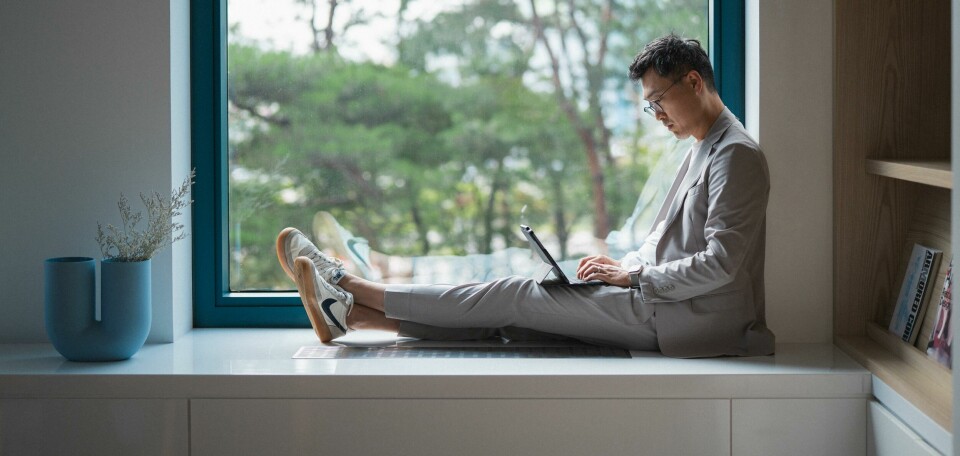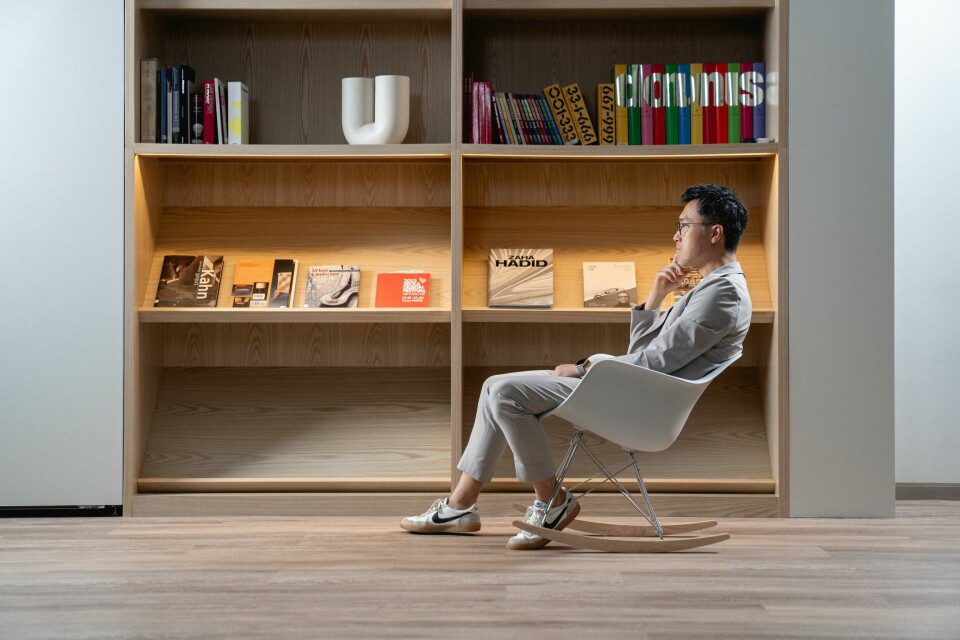
Car Design Review X: Won Kyu Kang, Kia
Kia’s Won Kyu Kang shares his personal approach to design in this exclusive Car Design Review X interview
Unlike a conventional advanced design department, our Future Design Group has a fairly long-term vision. Of course it consists of some car projects, but beyond those we look at mobility and robotics-related topics too.
Our parent company Hyundai Motor Group has a wider vision to find a really sustainable future, so we try to gain insights and wisdom from nature. This is one of the special aspects of our Group, and as Kia is part of that, we are dealing with new nature-inspired designs. Take the pine cone, which depending on the humidity in the air, opens up or closes. We would like to embed some of these learnings from nature into our projects.

We strongly collaborate with Rhode Island School of Design (RISD), Providence, United States, right next to Boston and send members of our design team to RISD regularly to learn about this subject. Unlike biomimicry and just copying the shape of nature, it’s about dealing with context. How nature deals with energy, or how insects work with kinematics, which we might then be able to apply to robotics. We want to go beyond getting inspiration from mobile phones or architecture. We want a much deeper understanding of our environment.
Travelling the world has been the most valuable thing for me, to see more openness and totally different backgrounds and people. That’s really given me a wide range of viewing angles. When I was at BMW in Munich previously, a design team member once counted the number of people and nationalities; there were 17-18 people and 11-12 nationalities. But they all loved BMW (and Porsche 911s!) so were actually quite similar in mindset.
We have car-passionate people and others who are passionate about design in general
In China when I worked at BMW Designworks Shanghai, there was only one nationality: Chinese, plus some Taiwanese and Hong Kongese – who from a Chinese perspective are also both considered Chinese – but they had totally different backgrounds and no-one was interested in cars [laughs]. Those two experiences really gave me an interesting comparison about different types of diversity.
In Korea now with Kia, it’s something in-between. We have car-passionate people and others who are dispassionate about cars, but passionate about design in general. There’s a mid-range of age, whereas in China every team member was young. In Europe there was a wider age group. In Korea, we are quite singular, there are only Koreans in our studio, but thankfully we have US, European and Shanghai design studios too.

If your design team is only made up of thinkers, they will make up a lot of theories, but not create so much in practice, while physical designers might only deliver the artefact without thinking. So we need to have a good balance between these two competencies. Our Group has two design teams, one focusing on the physical and one on context and research.
Our Future Design group is definitely smaller than other Kia design groups, but nevertheless it has been steadily growing. We have five more people in the group than when I joined three years ago and represent about 15% of the overall design team in number. I report to [EVP of Kia design] Karim Habib directly. We are based in the Hyundai Kia HQ in Seoul, on the boundary of the city, not Namyang. There are pros and cons to each location, but most designers appreciate being in Seoul.
We’re interested in product designers who can make the convergence between exterior, interior, material, visualisation and digitalisation
In terms of where our brand sits within the Group, Kia is meant to be ‘the first’ – more daring and progressive, the spearhead – and I think the EV6 or EV9 are good representations of this being ‘first’ approach. Meanwhile, Genesis is meant to be ‘the best’, in terms of technology, material and quality and Hyundai is ‘the most’, in terms of product range, from small to large cars, passenger to commercial vehicles and from the cheapest to most expensive too.
I am less interested in a traditional automotive designer joining my group. I think we have really good traditional designers in our ‘Next group’ for serious production projects already. For our ‘Future group’ we’re interested in new product designers who are able to make the convergence between exterior, interior, material, visualisation and also digitalisation.



